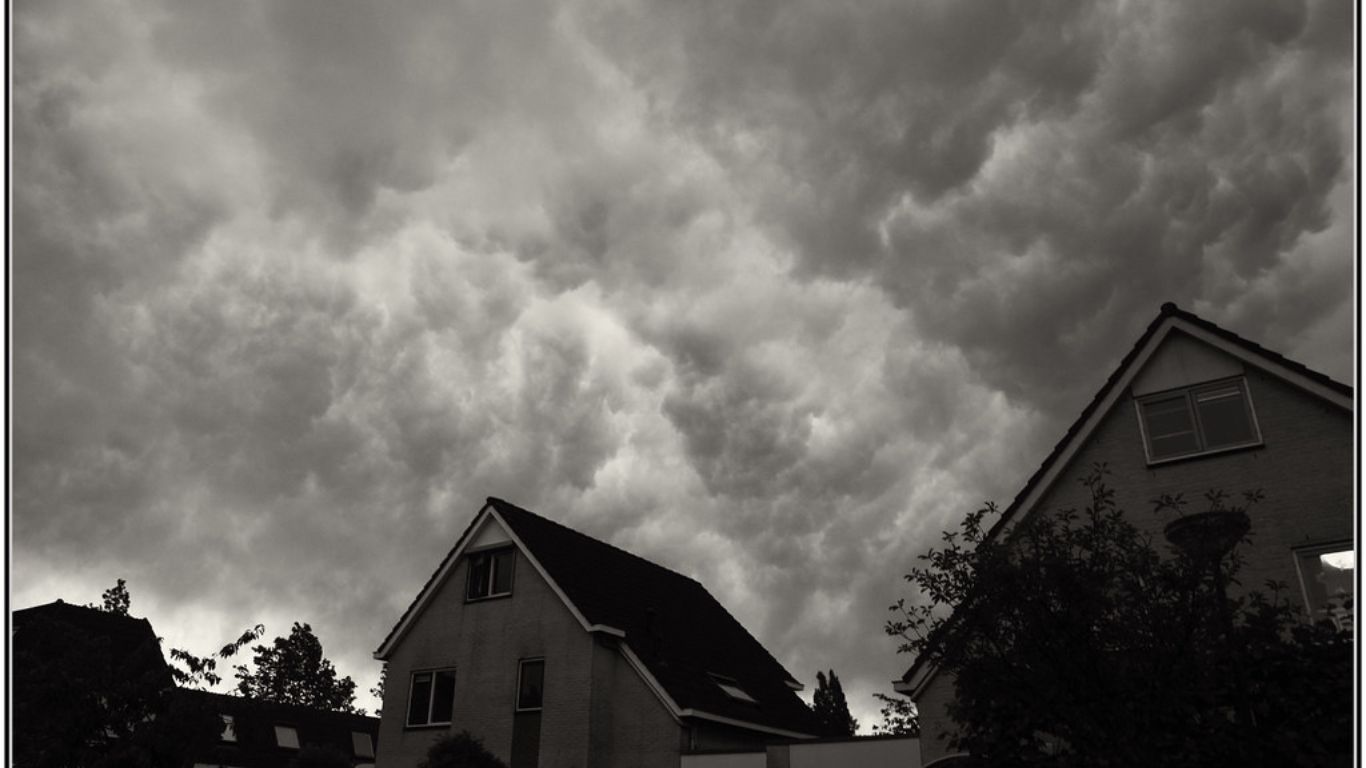Introduction to Explosive Cyclogenesis
Explosive cyclogenesis refers to the rapid intensification of a low-pressure system, which leads to the formation of severe weather conditions like powerful storms and strong winds. This event takes place when a cyclone intensifies at an extraordinary rate. While it’s not a daily occurrence, its impact can be significant, resulting in destructive weather patterns. But what exactly causes this phenomenon, and why are experts predicting a higher likelihood of it happening toward the end of this week?
Understanding Cyclogenesis
Before diving deeper, let’s first understand what cyclogenesis is. Cyclogenesis describes the process by which low-pressure systems (or cyclones) develop. Normally, cyclones form slowly when warm and cold air masses meet. However, explosive cyclogenesis refers to when this strengthening occurs much more quickly, turning it into a dangerous weather event.
How Explosive Cyclogenesis Occurs
Explosive cyclogenesis involves a rapid drop in air pressure within a low-pressure system, usually by 24 millibars or more in just 24 hours. This leads to the storm’s intensity increasing dramatically. The process typically happens in mid-latitude cyclones, which are the storms most likely to bring severe weather, including heavy snow, rain, and strong winds.
Warm and Cold Air Meeting
When warm air meets cold air, it creates a low-pressure system. As warm, moist air rises, it draws in even more moisture, which causes the system to gain strength. The faster this process happens, the stronger the cyclone becomes. In some cases, it may lead to powerful storms that develop in just a few hours.
Why Explosive Cyclogenesis is Significant
The rapid nature of explosive cyclogenesis can make it difficult for meteorologists to predict. These storms intensify so quickly that they might not be fully monitored before they reach their peak, which can result in severe weather catching people off guard. The effects can be wide-reaching, from floods to intense winds that cause damage to infrastructure.
Why is Explosive Cyclogenesis More Likely to Occur This Week?
Key Weather Conditions for Cyclogenesis
Several atmospheric factors can trigger explosive cyclogenesis. These include significant temperature differences, high moisture levels, and an unstable atmosphere. At the end of this week, these conditions are expected to align, increasing the chances of such a storm occurring.
How the Jet Stream Affects Cyclogenesis
The jet stream, a fast-moving air current high in the atmosphere, plays a crucial role in the development of cyclones. When the jet stream bends, it can create areas of low pressure that are perfect for explosive cyclogenesis. This week, experts have noticed that the jet stream is in a position where it could trigger the rapid formation of a storm, leading to the potential for explosive cyclogenesis.
The Importance of Temperature Differences
A major factor driving explosive cyclogenesis is the temperature difference between the cold air from the north and the warmer air from the south. When this contrast is large enough, it creates a volatile environment, leading to the rapid development of a low-pressure system. This week, the interaction between these two air masses is predicted to be significant enough to cause such a storm.
What Impact Does Explosive Cyclogenesis Have on Weather?
Weather Changes in Affected Areas
When explosive cyclogenesis occurs, the weather in the affected regions can change dramatically. These changes can include:
- Heavy Snow or Rain: The strengthening cyclone can bring significant amounts of snow or rainfall. If the temperatures are low enough, this could lead to blizzard-like conditions. If it’s warmer, the result could be heavy rain, leading to flooding.
- High Winds: The intensifying cyclone will cause winds to increase dramatically. These winds can damage buildings, uproot trees, and disrupt power lines, making conditions very dangerous.
- Storm Surges: Coastal areas are especially vulnerable to storm surges. As the cyclone strengthens, strong winds push seawater onto the shore, potentially causing flooding in coastal regions.
The Challenge of Predicting Explosive Cyclogenesis
Explosive cyclogenesis is difficult to predict accurately because of how quickly these systems develop. Meteorologists rely on advanced weather models to track these systems, but the rapid intensification means that these storms often catch forecasters by surprise. This makes it difficult to issue timely warnings, especially in areas that may experience severe conditions.
What Can We Expect in the Coming Days?
Forecast for This Week
Meteorologists are predicting that, by the end of this week, several factors will combine to increase the likelihood of explosive cyclogenesis. The jet stream will continue to provide favorable conditions, while the temperature contrast and atmospheric instability will set the stage for a rapidly developing low-pressure system.
Coastal Regions Should Prepare
Coastal areas are most at risk, as the storm’s winds and storm surges can lead to flooding and damage. These areas should prepare for severe conditions, especially if the storm intensifies quickly.
Potential for Heavy Snow or Rain
Depending on the temperature, the affected areas could see heavy snow or torrential rain. Heavy snow could cause travel disruptions and dangerous conditions, while rain may lead to flash flooding or overflowing rivers in certain areas.
Conclusion
Explosive cyclogenesis is a rapidly intensifying weather event that can have significant impacts on affected regions. By understanding the causes and conditions that make these storms more likely to occur, we can better prepare for the extreme weather they bring. It’s essential to monitor the forecast closely in the coming days to stay informed about the storm’s development and take necessary precautions.
Frequently Asked Questions (FAQs)
1. What is explosive cyclogenesis?
Explosive cyclogenesis is a phenomenon where a low-pressure system intensifies very quickly, dropping its central pressure by at least 24 millibars in 24 hours, resulting in severe weather.
2. How quickly does explosive cyclogenesis happen?
This weather event can happen rapidly, with the storm strengthening significantly in just 24 hours.
3. Why is explosive cyclogenesis more likely this week?
The combination of favorable atmospheric conditions, such as the position of the jet stream and significant temperature differences, makes this week an ideal time for explosive cyclogenesis to occur.
4. What are the potential impacts of explosive cyclogenesis?
The effects of explosive cyclogenesis can include heavy rainfall, snow, high winds, and storm surges, all of which can cause damage, flooding, and disruption.
5. Is it hard to predict explosive cyclogenesis?
Yes, due to the rapid intensification of these storms, explosive cyclogenesis can be difficult for meteorologists to predict with precision.










